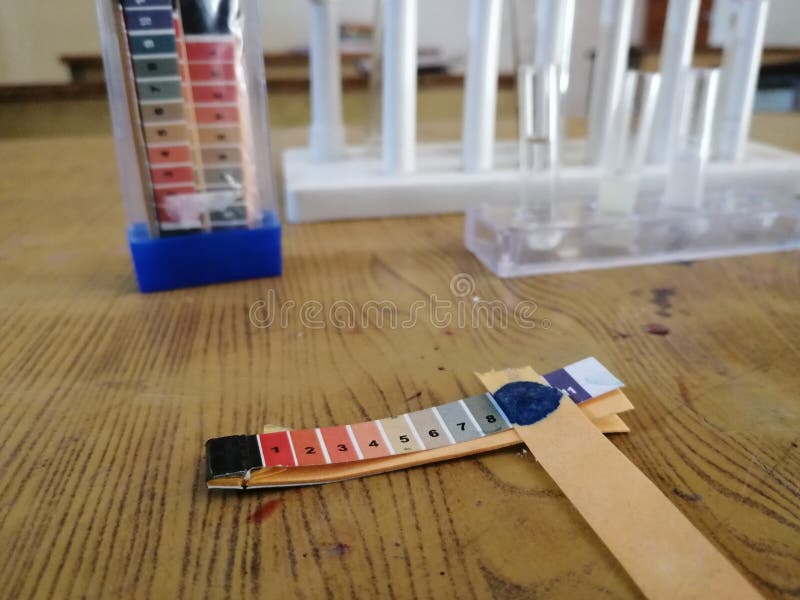
According to the Brønsted-Lowry theory, acids are proton donors, and bases are proton acceptors. Based on this concept, acids and bases can be further classified into monoprotic and polyprotic types depending on the number of protons they can donate or accept.
🧪 Monoprotic Acids
A monoprotic acid donates only one proton (H⁺) per molecule. Examples include:
- Hydrochloric acid (HCl)
- Acetic acid (CH3COOH)
- Nitric acid (HNO3)
Example Reaction:
CH₃COOH + H₂O → H₃O⁺ + CH₃COO⁻
🧪 Polyprotic Acids
Polyprotic acids can donate more than one proton per molecule. For example:
- Sulfuric acid (H2SO4)
- Phosphoric acid (H3PO4)
Example Reactions:
H₂SO₄ + H₂O ⇌ H₃O⁺ + HSO₄⁻ HSO₄⁻ + H₂O ⇌ H₃O⁺ + SO₄²⁻
🧪 Monoprotic Bases
A monoprotic base accepts only one proton per molecule. Example:
- Hydrosulfide ion (HS⁻)
Example Reaction:
HS⁻ + H⁺ ⇌ H₂S
🧪 Polyprotic Bases
Polyprotic bases are capable of accepting more than one proton. Example:
- Sulfate ion (SO₄²⁻)
Example Reaction:
SO₄²⁻ + 2H⁺ ⇌ H₂SO₄
📘 Tags: Bronsted Lowry Theory, Monoprotic Acid, Polyprotic Base, Acid Base Chemistry, Proton Transfer Reactions
👉 Explore more topics like Acids, Bases and Salts or visit our All-in-One Exam Prep Page.
🔗 Other Useful Links
- News By Amurchem
- Free Web Development Course
- All-in-One Exam Prep Portal
- Articles by Amurchem
- Grade 12 Section
- Grade 11 Section
- Grade 10 Section
- Grade 09 Section
- Home and Online Tuition
- Labs By Amurchem
- Science Lectures By Amurchem
© 2025 AmurChem. All rights reserved.






👍
ReplyDelete❤️️
Delete